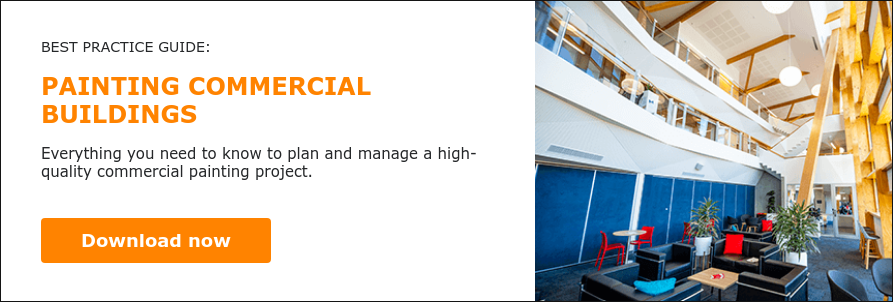As a commercial property manager, it’s up to you to ensure your property always looks its best to help attract and retain tenants, and painting is one of the most cost-effective methods of revitalising a space.
Some high-end property managers have even taken to providing regular repaints for clients without an obligation to do so, in order to keep good tenants happy and convince them to extend their lease.
Choosing the right building colour for your property, however, is no easy matter. With often thousands of commercial paint colours to choose from (Dulux, for example, provide more than 4800 options), how do you make sure you choose the best ones?
Here are 5 tips to help you choose the perfect commercial paint colours for your property.
1. Consider the architecture and building materials
An important consideration is the architectural style of the building – after all, a modern palette will look very out of place on a historical building, and vice versa.
In the port area of Medienhafen in Düsseldorf, Germany, for example, modern buildings stand side by side with historical buildings. Here, you can see how these are treated very differently in terms of colour schemes – older buildings favour neutrals and rich browns, while modern buildings experiment more with bolder colours, including orange, yellow and red.
Image Source: Landeshauptstadt Düsseldorf
Building materials will also have an effect on the appearance of the paint colour and the amount of time it will last – for example, wood requires a different painting technique than concrete, and the paint will chip faster on the wood because of its natural characteristics.
Finally, if your commercial property is in a warm, urban environment or lacks effective insulation, then it’s worth considering whether you should invest in heat reflective paint. Also known as ‘cool roof paint’, heat reflective paints can reduce cooling costs and create a more comfortable environment for your tenants by reflecting infrared light in order to lower external and internal building temperatures.
2. Consider the type of impression you’d like to make
The first impression a prospective tenant or client will have of your business is typically the appearance of the buildings you already manage, so think carefully about what you want to communicate.
If your property hosts businesses in law and finance, for example, you will likely want to convey a sense of trust and responsibility, in which case you might opt for commercial paint colours that are neutral, like black or brown. If, on the other hand, your clientele includes more creative industries, such as advertising and design, you may want to show more personality and modernity by contrasting whites with brighter hues.
It’s also worth factoring in any existing brand guidelines, though you don’t have to be dictated by them. If there is a particular colour scheme associated with your brand, you may want to reflect this in the building to create a strong and lasting impression for clients and customers.
To learn more about the psychology of colour for commercial buildings, read this blog.
3. Consider the features of the space you’re dealing with
Another important consideration is the type of space you’re dealing with. You want to highlight aspects that contribute to the type of atmosphere you’re looking for, while minimising any features that may be working against you.
If, for example, you have a smaller space that you would like to appear larger, light, cool and pale hues are a great way to achieve this effect. On the other hand, if you have a cavernous space and you want to make it feel cosier and more inviting, then deeper, darker and warmer hues are the way to go.
4. Consider who will be using the building and for what purpose
As well as considering the type of identity you want to project to the world, you should also think about the people who will actually be using the property on a day-to-day basis and how you can make the environment as palatable as possible for them. For example, while white might seem like a safe choice for offices, there’s been evidence to suggest that white walls can actually dull your workers’ inspiration and productivity.
Think carefully about the type of activities that will be conducted within the building. If your commercial property is a child-care centre, for example, you may want to go with brighter colours, such as yellow and orange, outside and in playrooms, to help create a fun, jovial atmosphere, but more calming hues, such as green, for areas of learning and rest.
5. Consider what combination of commercial paint colours would work best
Once you’ve given considerable thought to the features of your building, and its primary use and occupants, you’ll no doubt have some idea about the types of building colours you’re leaning towards. Use colour theory to help narrow down your choices and choose combinations that will be most aesthetically pleasing. An easy place to start is by considering whether you’d prefer complementary colours or analogous colours.
Complementary colours are colours that are directly opposite each other on the colour wheel, such as red and green, blue and orange or purple and yellow. These create a visually striking effect, making a space more impactful.
Analogous colours, on the other hand, are colours that sit side by side on the colour wheel, such as orange and yellow, or green and blue. These create a subtler, more harmonious effect, making a space feel more casual. (For more colour palette inspiration, check out Dulux’s Inspiration section of their website.)
As a general rule, no more than three colours should be used on the exterior of a building: one for the walls, one for the trimmings and one for accents. (This is also sometimes called the 60/30/10 rule).
For more tips on how to choose an interior or exterior colour scheme for your building, read this blog.
Image Source: Dulux
These 5 tips will help you choose a colour palette that reflects your building’s personality, while still catering to its occupants and being pleasing to look at. Before committing to anything, however, it is wise to get a professional colour consultation.
A painting contractor will not only be able to tell you about the latest commercial paint colour trends and what colours complement each other, but they’ll also be able to advise you on the more practical aspects of your paint specifications, for instance, whether it is weatherproof, prone to UV yellowing, hard-wearing etc.
Paintwork can be one of the most expensive and challenging projects for commercial property facilities managers. But don't worry - we've got you covered. In our comprehensive guide to painting commercial buildings, you'll learn everything you need to know for a high-quality, long-lasting and cost-effective result. Download it today.
Higgins Coatings is Australia's premier commercial painting contractor with over 70 years of experience in providing cost-effective painting and tailored maintenance solutions to a broad range of industries including hospitals, aged care, schools, and strata. If you need quality painting services delivered on time and within budget, contact us today for a consultation.
Recent Posts
-
The cost-effective solution
Dhananjay Kapoor07 Oct 2025 at 10:10 PM -
Why schools are choosing floor rejuvenation
Dhananjay Kapoor07 Oct 2025 at 10:09 PM -
Why leading schools choose Higgins for floor rejuvenation
Dhananjay Kapoor07 Oct 2025 at 10:09 PM -
Floor rejuvenation in action
Dhananjay Kapoor07 Oct 2025 at 01:53 AM -
Top trends affecting the value of commercial property in Australia
Higgins Coatings01 Jul 2025 at 01:30 AM -
Your guide to budgeting for commercial building painting
Higgins Coatings23 Jun 2025 at 11:15 PM -
Painting apartment exteriors: Best practices
Brendan Childs02 Mar 2025 at 10:00 PM -
Strata painter: 7 key considerations for hiring
Narell Majic02 Feb 2025 at 10:00 PM -
How to find good tradespeople you can always rely on
Sam McHugh08 Jan 2025 at 10:00 PM









